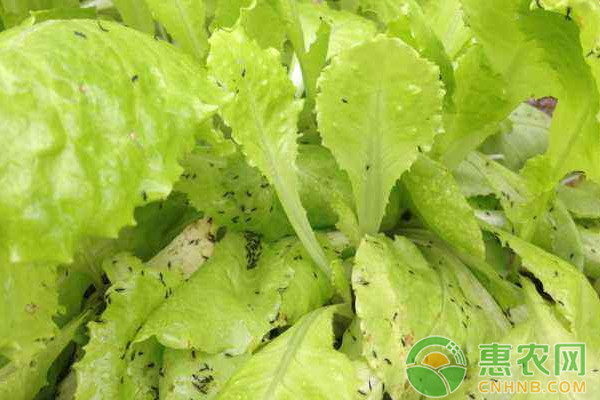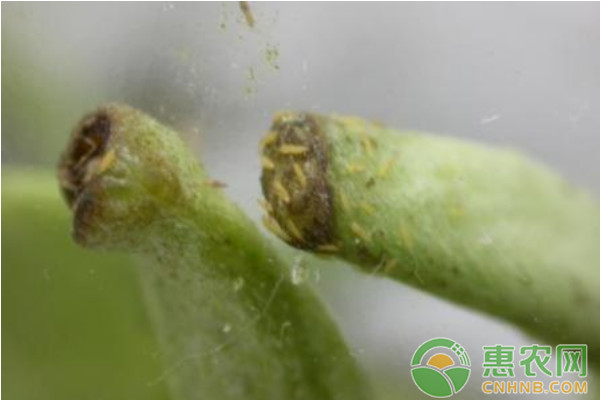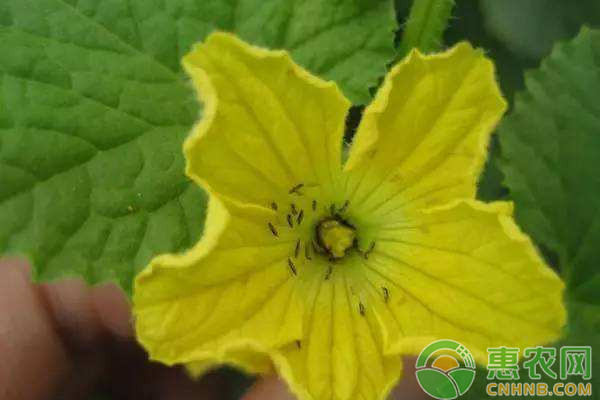Shed farmers should attach great importance to the prevention and control of greenhouse vegetable thrips, because the hazards of thrips have become more and more serious in recent years, and they are often misdiagnosed as physiological diseases or viral diseases by inexperienced vegetable farmers, which may delay the prevention and control. The following is a discussion about the prevention and control measures for greenhouse vegetable pests and horses.

First, the morphological characteristics
The thrips are slender and slightly flatworms, and the adult body is only about 1 mm long. Although the insect is small, but the damage is serious, its most obvious morphological feature is that both pairs of wings are membranous, narrow and long, such as belts, with long and dense mane around the wings. There are very few wing veins on the wing surface, only 1 to 2 longitudinal veins, and almost no transverse veins. China is mainly a melon, horse, horse, horse and other hazards.
Second, distribution and harm
The insects are distributed nationwide, and the production of vegetables in protected areas such as solar greenhouses is the best living environment. There are hundreds of host plants that are endangered by this worm. The vegetable crops such as pepper, eggplant, tomato and cucumber are the most suitable hosts. The thrips suck the host's young shoots, young leaves, flowers and young fruit juices with adult and nymphs, causing the damaged tissue to age and necrosis, the plants are short and stunted, which seriously affects the yield and quality. At the same time, it can also spread viral diseases.

Third, life habits
Hummers occur in the solar greenhouse for many generations a year, overlapping generations and endangering all year round. Adults are active and good at flying, but the short flight distance is the main way to spread the field. The worm is most blue, followed by yellow. I like to eat young parts of plants, often inhabiting and moving in flowers, feeding on pollen or flower ovary, causing flower deformity, developmental hindrance or fruit fading, and serious damage. Generally, the life span of adults is about 30 days, and the ability to adapt to external environmental conditions is strong. Seedling transportation and wind diffusion are the main ways for distant propagation.
Fourth, prevention and treatment methods
1. Agricultural control. Do a good job in seedbed management, cultivate no seedlings, and prevent the spread of thrips. In the shed, pay attention to timely removal of residual plants and weeds to reduce the source of insects.
2. Physical control. An insect net should be added to the vents and doors and windows of the shed. In view of the habit of the adult's strongest blue sensation, 20 pieces of 40 cm × 25 cm blue armyworm board or yellow army board can be hung in each shed to trap adults.

3. Chemical control. The types of pharmaceuticals that have been approved for registration in China or have been tested by local trials for better control of thrips include avermectin, doxorubicin, ethyl spinosyn, chlorfenapyr, insecticidal bismuth, insecticidal chlorella, chlorantranil Formamide, cyanamide, oxazolamide, thiamethoxam, imidacloprid, dinotefuran, acetamiprid, bifenthrin, deltamethrin, lambda-cyhalothrin, beta-cypermethrin, butyl thiophene Wei, Zhong Dingwei, matrine, azadirachtin, butyronitrile, etc., can be combined with the actual use, timely spray control. Be careful to use the drug alternately to delay the resistance of the thrips.
Finally, Hui Nongwang Xiaobian once again reminded all the farmers that they should attach great importance to the prevention and control of greenhouse vegetable thrips. In accordance with the strategy of “prevention first, comprehensive preventionâ€, we should take measures to prevent and control the thrips.
Herbal Extract
Herbal extract is a concentrated solution made by extracting the herb's chemical constituents out of the inert herb fiber (cellulose) with a solution of alcohol and water or glycerin. This process allows the beneficial components of plants, such as antioxidants, vitamins, and minerals, to be extracted and used for medicinal or therapeutic purposes. Commonly used herbs include echinacea, ginseng, turmeric, and milk thistle. Herbal extracts can be consumed in various forms, such as capsules, tinctures, or teas.
According to different extraction methods: the volatile oil, oil, extract, fluid extract, dry extract, active components and active parts obtained from plants for preparation production are all extracts.
Herbal extracts were classified according to ingredients: glycosides, acids, polyphenols, polysaccharides, terpenoids, flavonoids, alkaloids, etc. Active Ingredient : natural single ingredient extracted from plants and other substances, the content of the single ingredient should account for more than 90% of the total extract.Herbal extracts are classified according to their efficacy:Immune-boosting extract,Antialcoholic Liver Extract,Sleep Improving Extract,Purgative Extract,Treat Pharyngeal Extract.
According to the characteristics of the final product, it can be divided into oil, liquid, powder, lens and so on.
Herbal Extract,Herbal Extract Powder,Herbs Extract
Shaanxi Zhongyi Kangjian Biotechnology Co.,Ltd , https://www.zyplantextract.com